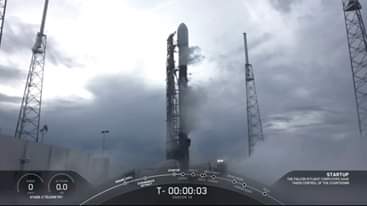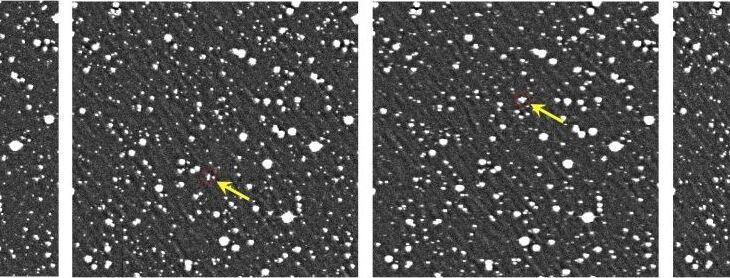
The Federal Communications Commission (FCC) granted OneWeb ‘s market access to expand its Non-Geostationary Orbit (NGSO) satellite constellation to 2,000 satellites with a V-band payload in addition to its Ku- and Ka-band constellation. OneWeb petitioned to add a V-band payload to the 720 satellite Ku- and Ka-band constellation approved by the FCC in 2017, proposing 1,280 additional V-band satellites operating at a nominal altitude of 8,500 km.
According to the FCC order, OneWeb must launch and operate 50% of the maximum number of proposed space stations, or 1,000 satellites, by Aug. 26, 2026. The remaining satellites must be launched and operated by Aug. 26, 2029. OneWeb currently has 74 satellites in Low-Earth Orbit (LEO).
“We are pleased to hear the FCC granted our V-Band application. The V-band is critical for next generation satellite broadband services. OneWeb looks forward to the future growth opportunities this approval will enable as we commercialize our spectrum and execute on our mission to bring low latency connectivity to communities, governments, businesses, and people in the U.S. and around the world,” a OneWeb spokesperson said Wednesday.



















